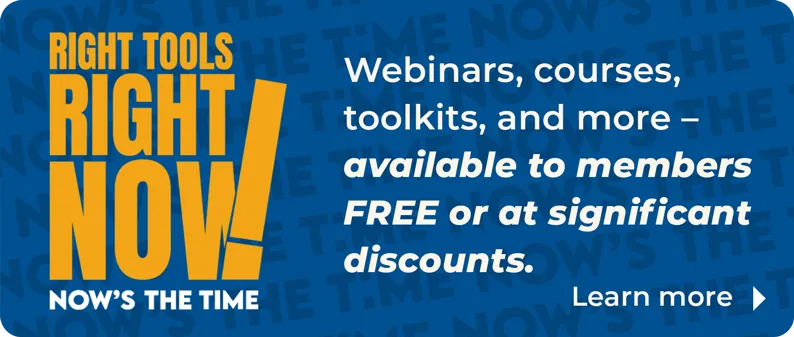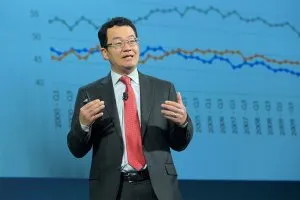The Federal Reserve announced recently that it will not raise interest rates for at least 2 years. Given the current weakness in the economy, the Fed has been forced to keep rates low this year. The Fed, though legally independent from the White House and Congress, generally does not want to do anything during an election year. So the next rate increase from the current rate of zero will be sometime in 2013, assuming that the economy has measurably improved by then. Not every voting member of the monetary policy agreed and there were 3 dissents, which is quite unusual.
What does this mean for real estate practitioners? First, the Fed controls — not mortgage rates — but what is known as the Fed Funds rate. The Fed Funds rate is a very short-term borrowing rate between banking institutions. The banks can always go to the Fed discount window if borrowing from each other proves difficult. This rate is essentially at zero and it will remain that way for the next two years.
Homeowners who have short-term adjustable rate mortgages are tied to this Fed funds (or other similarly moving short-term instruments like LIBOR or the 1-year Treasury borrowing rate) and therefore will benefit. Or at least, the ARMs will not adjust alarmingly, with some actually getting an automatic lower rate when the reset arrives in the next two years.
Most homeowners, however, have 15- or 30-year fixed rate mortgages because they like the certainty of future mortgage payments. Today, these rates are at about the lowest point in modern times. The global bondholders have largely ignored the opinion of Standard & Poor’s downgrade of the U.S. backed debt. Some homeowners may want to refinance into lower rates because long-dated mortgage rates can rise, independent of the Federal Reserve’s actions.
The chart below shows the Fed Funds rate and the 30-year mortgage rate. Note that the two do not move in sync. The Fed Funds rate can rise or fall without impacting any changes to the 30-year rate. The only time there was a close linkage was during the ratcheting up of Fed Funds rate in the late 1970s, which greatly forced up the 30-year mortgage rate.

That tightening monetary policy effectively brought home sales activity to its knees, with sales falling by 50% during the interest rate increases. The Federal Reserve had to do it at that time, because inflation was getting out of hand.

In other words, the ultra-loose monetary policy for the next two years will be the right medicine for the economy and the housing market, but only if the inflation rate does not pick up. Otherwise, the Fed will be forced to raise rates quickly. Both consumer and producer prices have been rising from the extended loose monetary policy of the past few years. The consumer price index (CPI) is up 3.4% from one year ago while the producer price index (PPI) is up 7%. Will prices continue to accelerate or will the slow global economic activity be sufficient to keep inflation in check?









